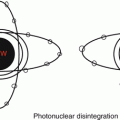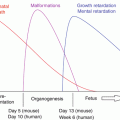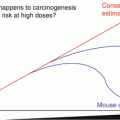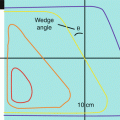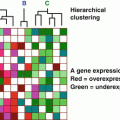, Foster D. Lasley2, Indra J. Das2, Marc S. Mendonca2 and Joseph R. Dynlacht2
(1)
Department of Radiation Oncology, CHRISTUS St. Patrick Regional Cancer Center, Lake Charles, LA, USA
(2)
Department of Radiation Oncology, Indiana University School of Medicine, Indianapolis, IN, USA
Radionuclide Regulations and the NRC
The NRC has the power to regulate nuclear material in the USA.
Nuclear material comes in three categories:
Nuclear source material: Naturally occurring Uranium and Thorium.
Special nuclear material: Enriched Uranium ( 235 U) and Plutonium (Pu). This material is “special” because it can be used in nuclear weapons.
Nuclear byproduct material: All artificially produced radioactive nuclides other than plutonium, plus naturally occurring 226 Ra, and tailings or waste from uranium and thorium mining and processing.
For radiotherapy purposes we are only concerned with nuclear byproduct material.
The NRC does not regulate:
X-ray, electron, proton, or ion therapy.
Naturally occurring radionuclides other than uranium, thorium, or radium.
The NRC has delegated its authority to several agreement states, allowing those states to regulate byproduct material within their own borders.
In non-agreement states the NRC directly regulates byproduct material.
The concept of written directives and medical events (misadministration) were originated by the NRC, but each state has its own regulations for X-ray and electron therapy.
All use of byproduct material must be supervised by an authorized user or authorized nuclear pharmacist identified on a NRC license.
Authorized users are usually nuclear medicine or radiation oncology MDs.
A Radiation Safety Officer (RSO)
Stay updated, free articles. Join our Telegram channel

Full access? Get Clinical Tree



